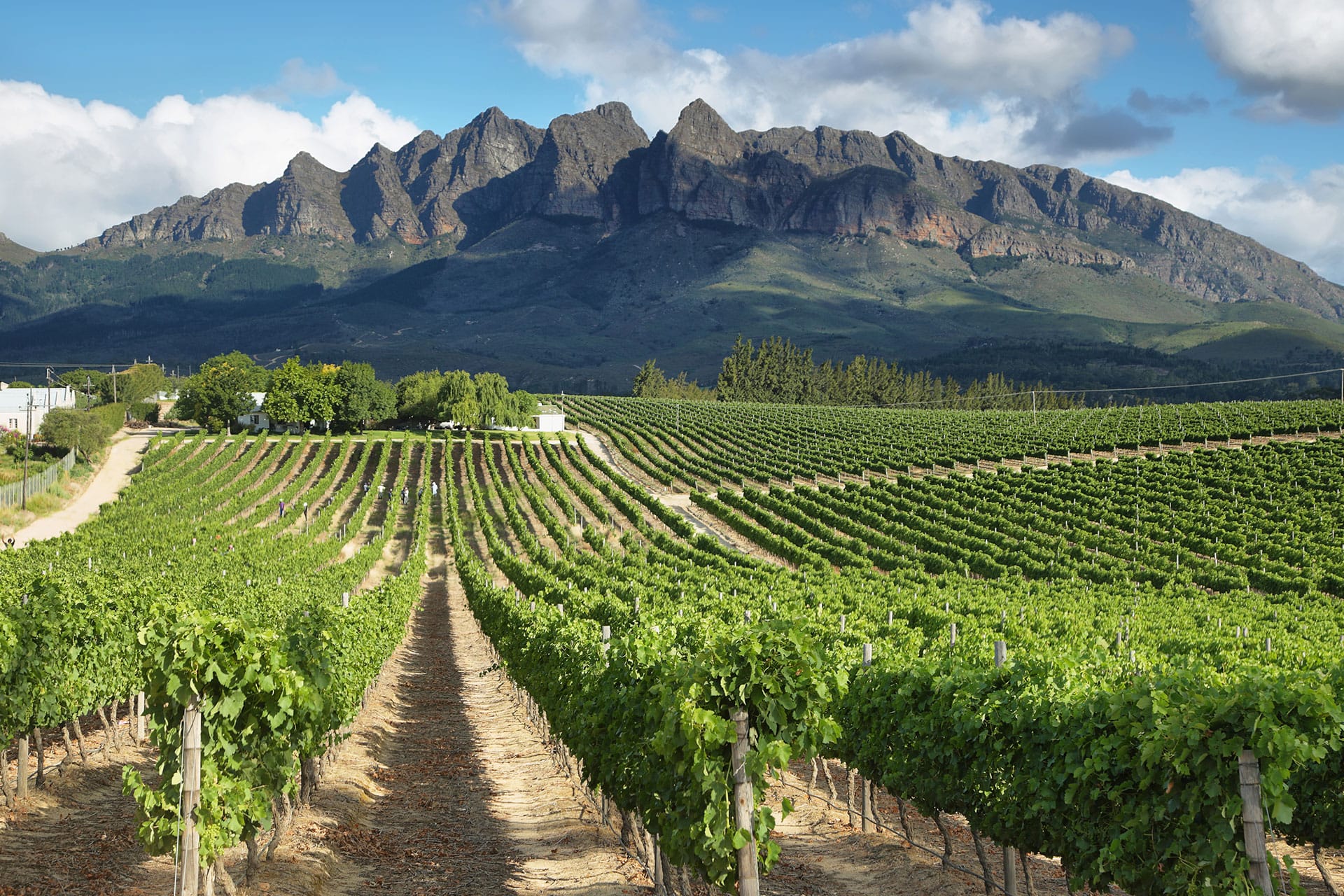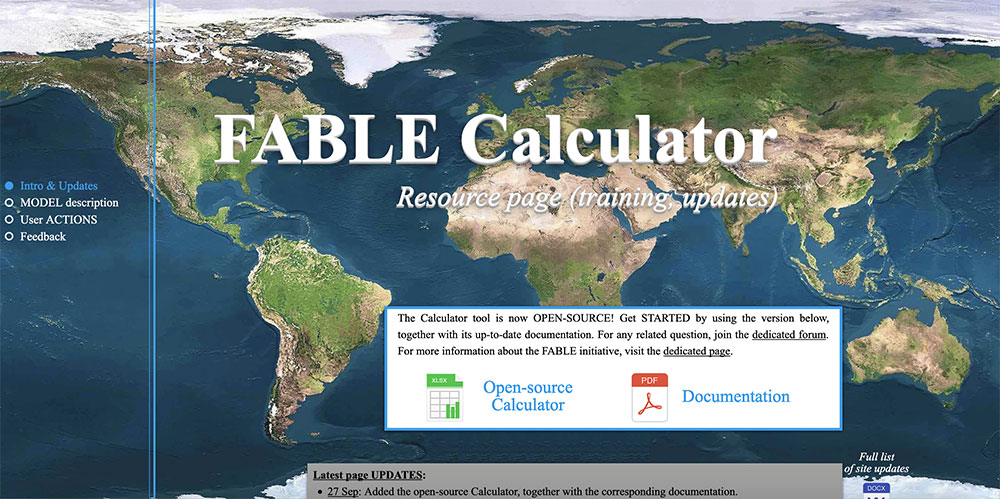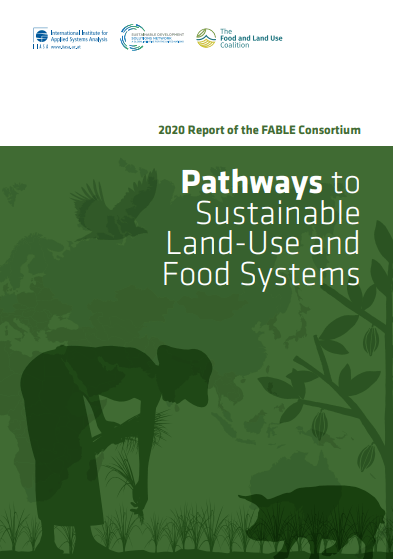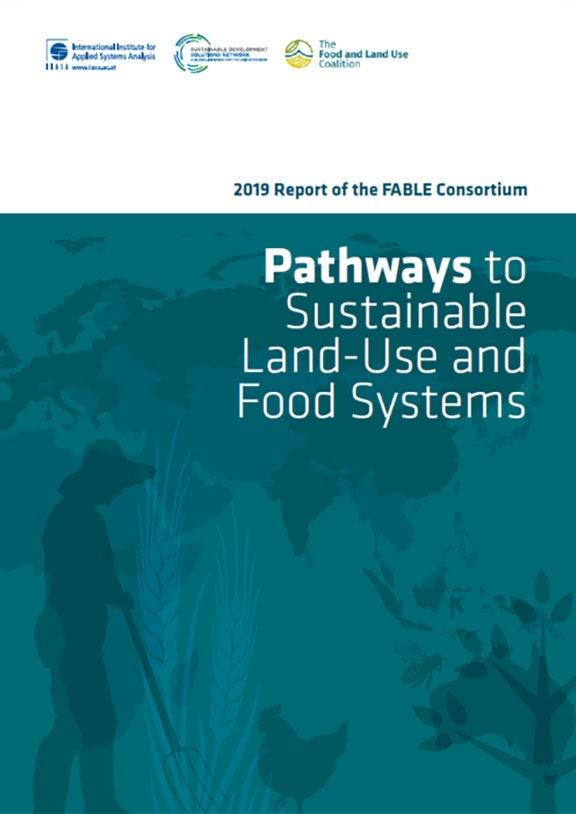Food and land use context in South Africa
Surrounded by the Atlantic and the Indian Ocean, and neighboring six countries, South Africa has long been a place of trade and exchanges. Despite being one of the richest countries in Africa however, it suffers from high rates of poverty and inequality, reflected in the high shares of malnutrition: 27% of children are stunted while 28.3% of adults are obese. Well known for its megadiverse fauna and flora, South Africa is composed of plateaus, plains, bushes, and deserts which are home to hundreds of different animal species and thousands of plants, including many endemic species. The land where natural processes predominate accounts for 44% of the country’s surface, notably in the many national parks and reserves. South Africa also enjoys a variety of climates that are relatively temperate, which allows agriculture over a large surface of the country. Self-sufficient in various commodities, South Africa is one of the main exporters of horticultural products in the region.
Food and land use context in South Africa
Participating institution: Centre for Complex Systems in Transition, Stellenbosch University; Future Africa, University of Pretoria & Stockholm Resilience Centre, Stockholm University
Team members: Odirilwe Selomane (Stellenbosch University); Belinda Reyers (University of Pretoria, Stockholm University) and Fiona Ngadze (Stellenbosch University)













